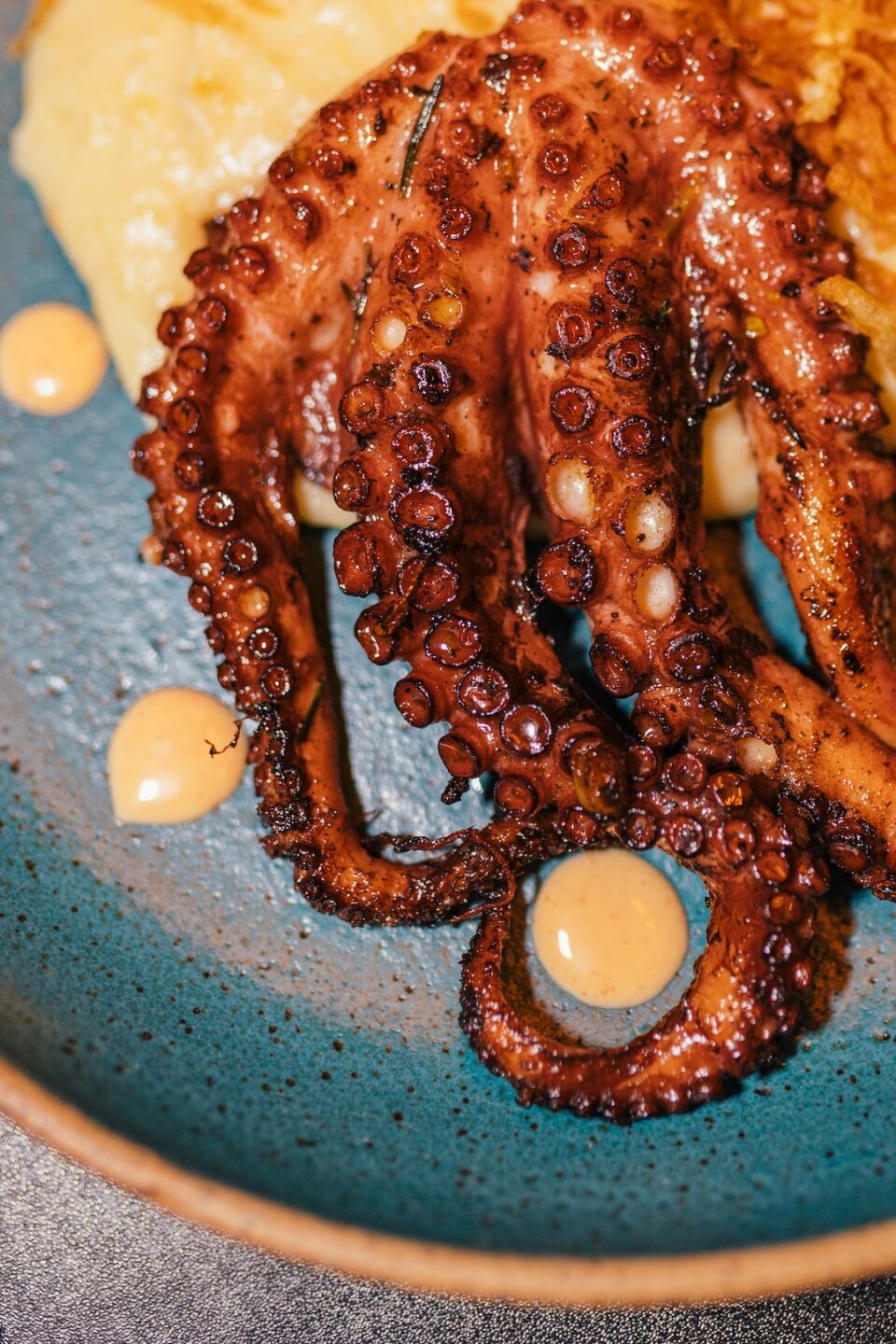Exploring the Diversity of Mexican Cuisine: From Tacos to Tamales
Mexican cuisine has long been celebrated around the world for its vibrant flavors, fresh ingredients, and diverse culinary traditions. From its rich indigenous heritage to its Spanish and French influences, Mexican food offers a tantalizing journey through the country’s history and culture. In this blog post, we will delve into the diverse and delectable world of Mexican cuisine, highlighting some of its most iconic dishes, such as tacos and tamales.
Tacos, perhaps the most internationally recognized Mexican dish, come in a variety of forms and flavors. Traditionally served on soft corn tortillas, tacos can be filled with various ingredients, providing a convenient and tasty way to enjoy a meal on-the-go. One classic version is the al pastor taco, featuring succulent slices of marinated pork, pineapple, and a hint of heat from spices like chili and cumin. Another beloved variation is the fish taco, with crispy fried or grilled fish, tangy lime and crema sauce, and crunchy cabbage slaw. Whether you prefer meat, seafood, or vegetarian options, the world of tacos offers something for everyone.
Moving on from tacos, another iconic dish that showcases the depth and diversity of Mexican cuisine is the tamale. These steamed corn masa pockets stuffed with various fillings, wrapped in corn husks or banana leaves, have been a staple of Mexican cuisine for centuries. The fillings can range from savory to sweet, with popular options such as chicken, pork, cheese, beans, or even fruits like pineapple or strawberries. Tamales are often eaten during special occasions and holidays, bringing families and communities together to celebrate and savor the traditional flavors.
Beyond tacos and tamales, Mexican cuisine boasts a wide array of regional dishes that highlight the country’s cultural and geographical diversity. Take mole poblano, for example, a complex and luxurious sauce made from over twenty ingredients, including chili peppers, cocoa, and spices. Originating from Puebla, this rich and flavorful sauce is often served with chicken or turkey, creating a harmony of sweet, savory, and spicy flavors.
Venturing further into the Yucatán Peninsula, we find the unique and delicious dish called cochinita pibil. Made with slow-cooked pork marinated in achiote paste, sour orange juice, and spices, this savory and tender dish is a true culinary masterpiece. Traditionally served with pickled onions and habanero salsa, cochinita pibil offers a balanced combination of flavors that have been cherished by the people of the Yucatán for generations.
Meanwhile, in the coastal state of Veracruz, seafood takes center stage, and the dish of note is called pescado a la veracruzana. This vibrant and flavorful dish features fish, often red snapper, cooked in a sauce made with tomatoes, olives, capers, and various spices. The result is a perfectly balanced combination of tangy, savory, and slightly spicy flavors, reflecting the fusion of Spanish, Caribbean, and indigenous influences in Veracruz cuisine.
No exploration of Mexican cuisine would be complete without mentioning the diverse world of street food, an integral part of the culinary experience in Mexico. Street vendors or “taqueros” offer an abundance of mouth-watering treats, such as elote (grilled corn on the cob smothered in mayonnaise, chili powder, and cheese), churros (fried dough pastries sprinkled with sugar), and esquites (a savory street corn salad with lime, mayo, and chili powder). These street food delicacies truly capture the essence of Mexican culture, bringing people together to enjoy irresistible flavors and celebrate the joy of eating.
In conclusion, the diversity of Mexican cuisine is truly remarkable, with each region showcasing its own unique flavors, ingredients, and culinary traditions. From tacos to tamales, and from mole poblano to cochinita pibil, Mexican cuisine offers a tantalizing journey through the country’s history and cultural heritage. Exploring the world of Mexican cuisine not only provides a flavorful experience but also deepens our understanding and appreciation of this extraordinary and diverse culinary tradition. So, the next time you sit down for a taco or savor the aroma of a steaming tamale, take a moment to reflect on the incredible diversity and rich history behind each bite.

